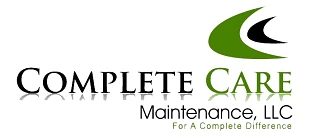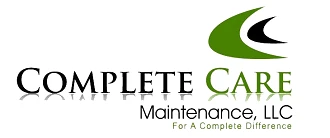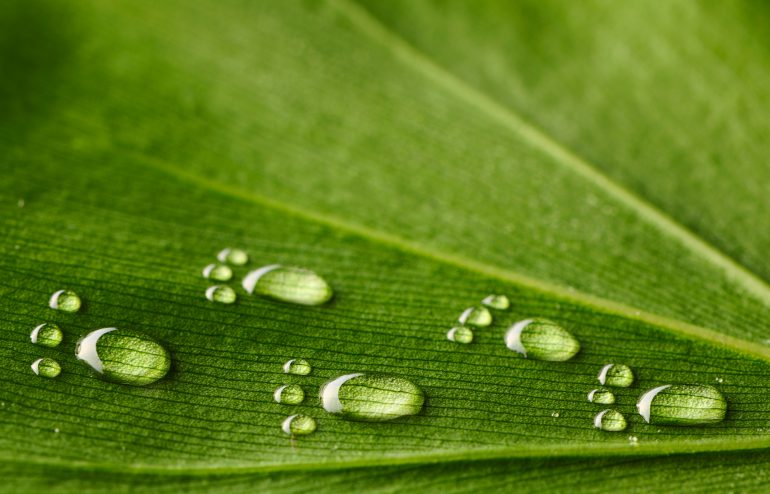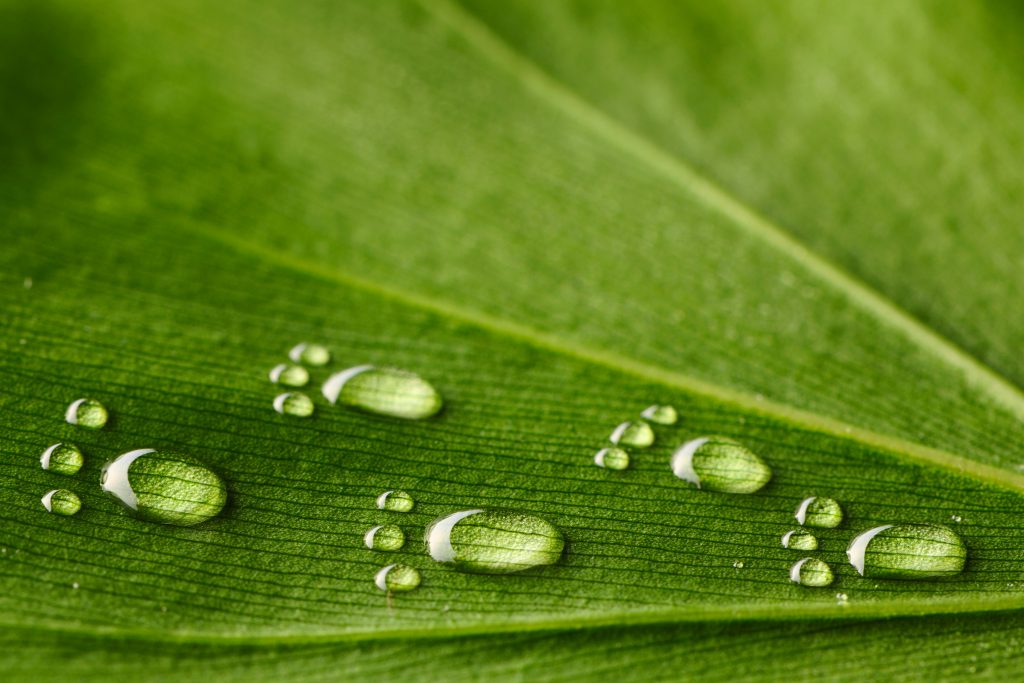Green Cleaning: Why It Matters
With concerns about the state of our natural environment, individuals are intent on making smarter, more environmentally sound decisions. From eating veggie burgers and recycling plastics to driving electric vehicles and reducing waste – going green is the in thing! People realize that their actions can negatively impact the environment and many are making lifestyle changes as a solution. One such lifestyle change is switching to green cleaning products.
What Is Wrong With Traditional Cleaning Products?
Let’s face it, we all want clean and healthy homes and workplaces. Traditional cleaning products have been helping us to achieve this goal for a very long time. In fact, they are so ingrained in our culture that many of us still use the same cleaning products that our parents and grandparents used. If it was good enough for grandma, it should be good enough for us, right?
What grandma did not know is that many of the chemicals in traditional cleaning products are both detrimental to our health and the environment. Many of the chemicals used in traditional cleaning products are caustic and can cause eye, nose, throat, and skin irritation. Many have been linked to early-onset asthma in children.
In fact, According to the Environmental Protection Agency, of the more than 2.1 million janitorial workers in the U.S., 6% suffered workplace injuries due to chemical exposure. Long-term studies have shown that some chemicals contained in commercial cleaning products can be linked to cancer, depressed nervous systems, and birth defects.
Common Chemical Culprits
The health risks associated with traditional cleaning products are low. In fact, in many cases the risks are outweighed by the benefits they provide. The impact on the environment can be much more severe. Several common chemicals used in traditional cleaning products have been identified as having negative environmental impacts.
Ammonia
Ammonia is an air pollutant and a major source of nitrogen oxide which is toxic for plants and the animals that eat them.
Triclosan
Triclosan is an anti-microbial commonly found in household detergents, anti-bacterial soaps, and other disinfectants. Of the household products that contain Triclosan, 96% of the chemical volume gets washed down the drain. Of course, this means it ends up in rivers, lakes, and streams. Some by-products of Triclosan (Dioxins) have been proven to cause cancer as well as immense developmental issues in almost every vertebrate species. Triclosan has been found in 57.6% of all rivers and streams tested in the U.S.
Bleach
Sodium hydroxide (Household Bleach) is commonly used for washing clothes, cleaning toilets, and unclogging drains. As such, it is typically poured directly into wastewater and can not be filtered out. Bleach forms chlorinated organic compounds, including known carcinogens that are absorbed by organisms and enter the food chain.
Phosphates
Phosphates are commonly used in household detergents and are known to cause eutrophication which spurs excessive algae growth. Eutrophication is the prime suspect for large algae blooms that cause red tide. Large algae blooms absorb huge amounts of oxygen from the water and can kill off entire marine ecosystems.
How Green Cleaning Products Help the Environment
- Green cleaning products are biodegradable, meaning that they do not persist in the environment. The longer any foreign compound or chemical persists in the environment. Consequently, the more likely it is to have negative effects.
- Green products have low toxicity. Less toxic chemicals are much safer for plants and animals and because they are biodegradable. Therefore, they are far less likely to enter or persist in the food chain.
- Green cleaning products have low VOC content. VOC stands for Volatile Organic Compounds. Some VOCs are dangerous to human health or cause harm to the environment. Most VOCs are not acutely toxic but may have long-term chronic health effects.
- Most green cleaning products are shipped with minimal or sustainable packaging. It follows that their production is less impactful on the environment.
How To Find Green Cleaning Products
Despite the increased popularity of green cleaning products, they can be difficult to identify. Many cleaning product manufacturers use labels that imply environmentally conscious ingredients. Many still contain harmful chemicals. Therefore, to ensure that you are buying green cleaning products you should look for the seal of approval from one of the following third-party certification authorities.
- Green Seal – Green Seal is a non-profit, green cleaning certification authority that has been around since 1989. They evaluate the entire life-cycle of cleaning products to ensure that they meet both independent and international standards.
- Safer Choice – Safer Choice is the Environmental Protection Agency’s (E.P.A.) certification program for green products and is designed to help individuals and businesses find products that are safer for human health and the environment.
- ECOLOGO – ECOLOGO certifications are provided by Underwriters Laboratories, a company that has been developing safety standards for more than a century. ECOLOGO certifies products, services, and packaging for reduced environmental impact.
Need Help With Your Green Cleaning Initiatives?
Complete Care Maintenance has years of experience developing and utilizing green cleaning programs for businesses of all shapes and sizes. Call or contact us today to learn how we can help you go green!




